The Ultimate Guide To Improve Your Running
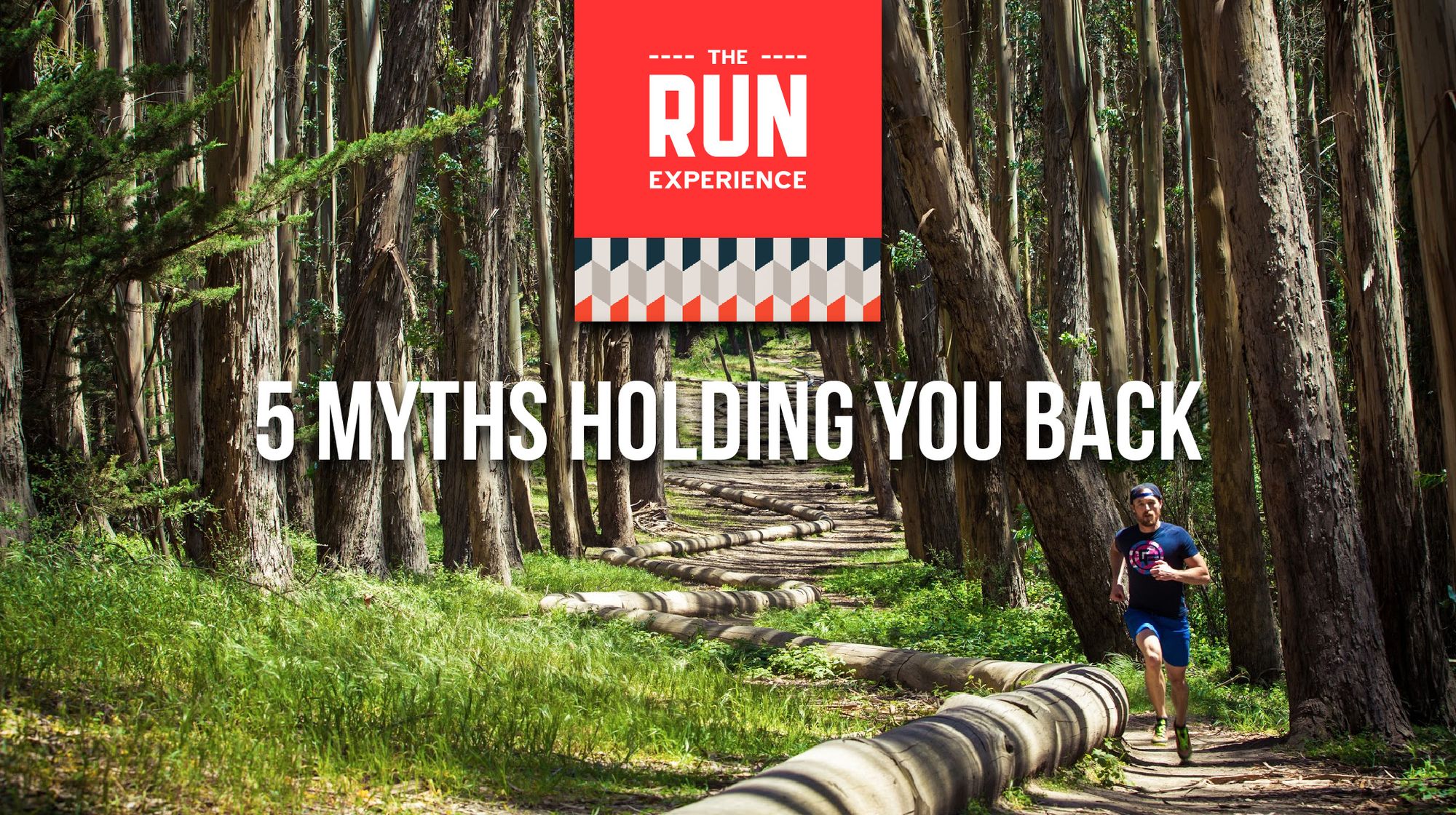
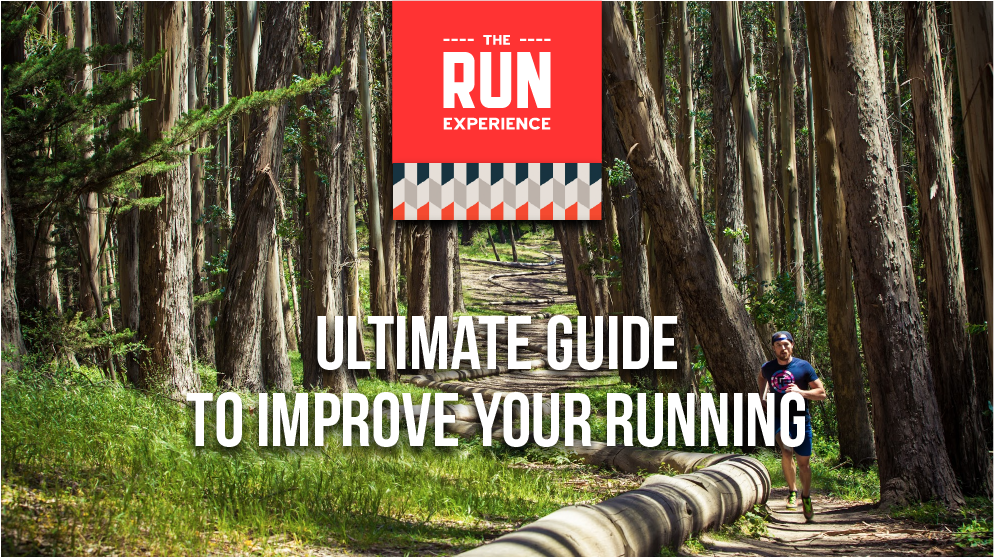
Ultimate Guide To Improve Your Running
The real secret to running faster means that YOU believe you are in control of your own running, and YOU have the power to get as strong, as mobile, and as efficient as you need to be to accomplish whatever you want to do.
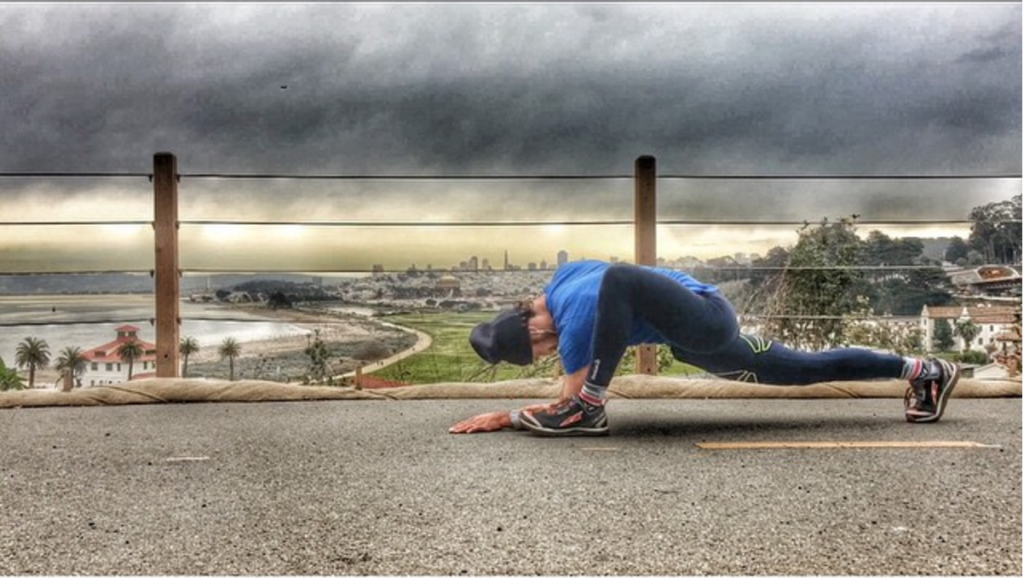
(Learn how 3 minutes of dynamic warmup in your run can SAVE YOUR SEASON)
SO…
In this ultimate guide, we are going to
- share tips to make running fun again
- dispel some of the deep seated running beliefs that hold you back
- And share our blueprint to getting YOU back in charge of YOU!
So read through these five running steps below and check out the accompanying how-to photos and videos, and SMILE knowing that you are five steps closer to running the way you want to run.
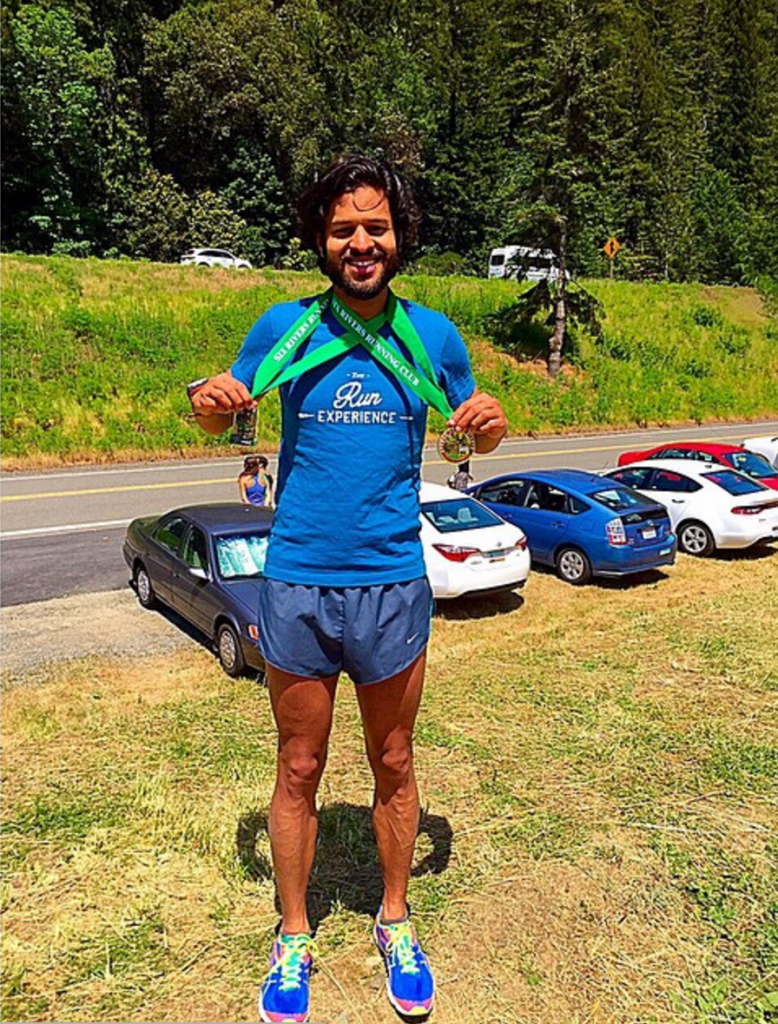
(Bay Area Athlete Nishad runs a 2:55 marathon, and sub-3 for the first time!)
Overview of Steps:
- Step 1: Focus on what’s really important. Address your posture & form (NOT your feet!).
- Step 2: Take charge of your body! Warm Up & prevent injuries. Assess yourself! Become the boss!
- Step 3: Tap into your running strength. Develop the athlete within.
- Step 4: Run! with purpose, awareness, & intention. Put it together to run faster.
- Step 5: Do It again. Everyday. Even when it’s hard. Make this your life. Kick ass. Become a smart, strong, long lasting runner.

Learn How To Run STRONG. Forget about your feet, let’s fix your posture.
(3 running form tips you can use right NOW).
Alright, injuries (typically) come from bad movements. And running features A LOT of movement all around our body. So, you could say there’s a high room for error.
But out of all the things we could fine tune, our number one task is this: Maintaining Proper Running Posture.
Don’t be concerned about your feet (that will come later). Fix your posture. Run like you mean it!
After that, then we might get a conversation going about foot position. And hey, by fixing your posture now, you might just fix your footstrike too 😉
Posture Highlight: Trunk rotation
How much should you twist your upper body? Well, there’s no exact answer, but you want to be between completely rigid and loosey goosey.
Hint: A lot of us could run a little more rigid 😉
Here’s a drill for you to try!
Run 20-30 yards with your arms out trying to keep them still. After 20-30 yards, run normally (arms down) and see if you can keep the same tension in your midline.
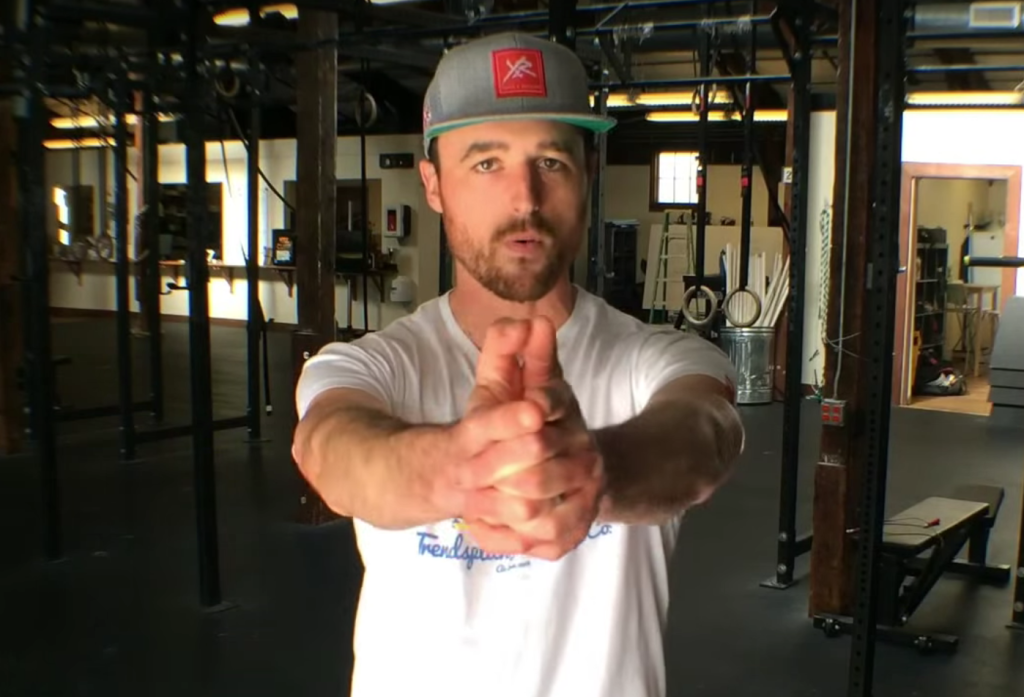
(Stable Arm Drill teaches trunk stability and rotation!)
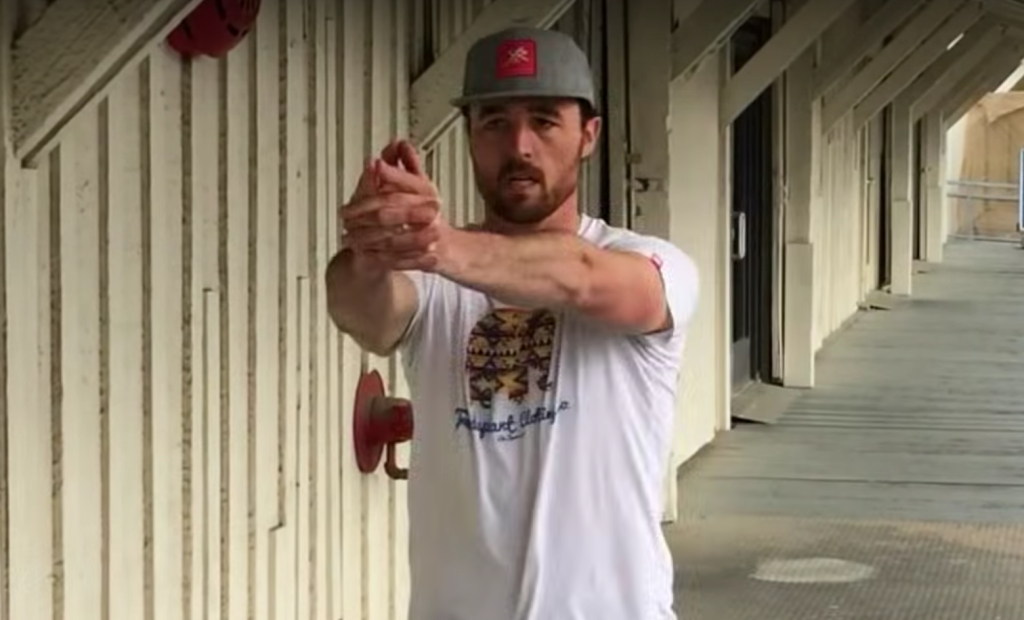
(Try this drill 5 x 30 meters on your next run!)
This drill builds the awareness you need to keep your trunk from over rotating.
Running with relaxed shoulders and a rigid-ish frame can be tough at first, but this drill will help!

Learn how to ACTUALLY warm up.
Do you warm up for your runs?
Having an appropriate warm up is crucial for attenuating injuries. Imagine if you started your car in the dead of winter and immediately floored the engine. Ridiculous, right? Same goes for your body.
Try 10 reps per side of each of these exercises before your next run!
Leg Swings
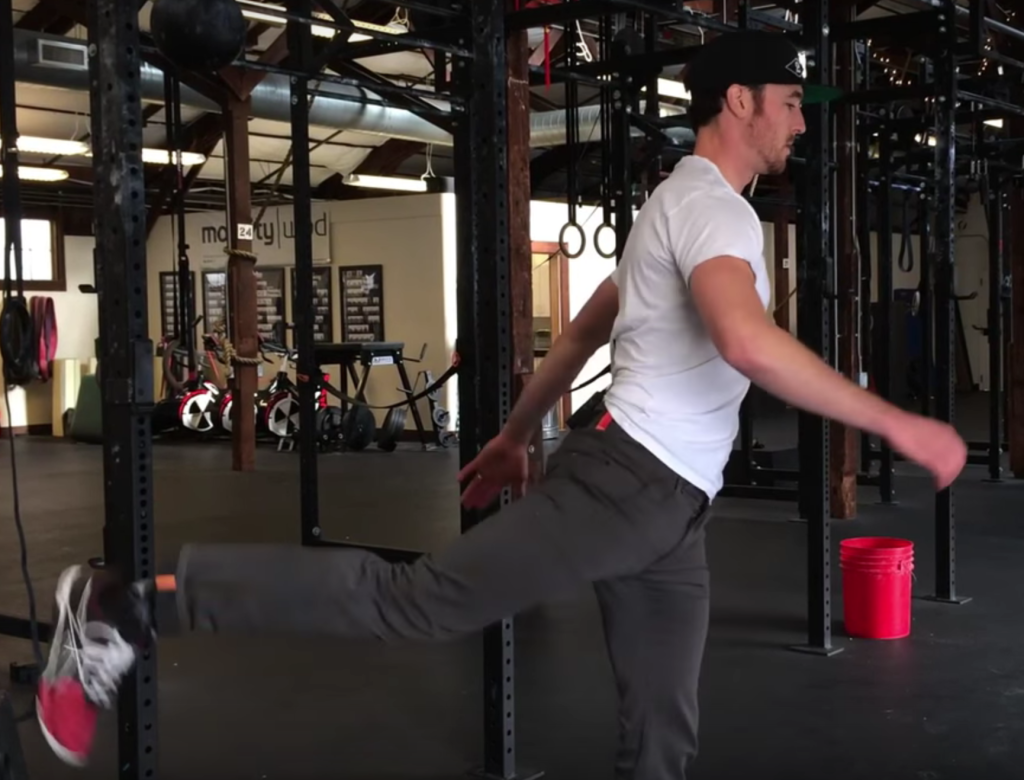
(Leg Swings…Nate’s FAVORITE warmup exercise!)
Performance Points of Leg Swing:
- Balance on your own!
- Start small and work your up.
- Belly stays tight and movement should come only from hip.
Hip Circles
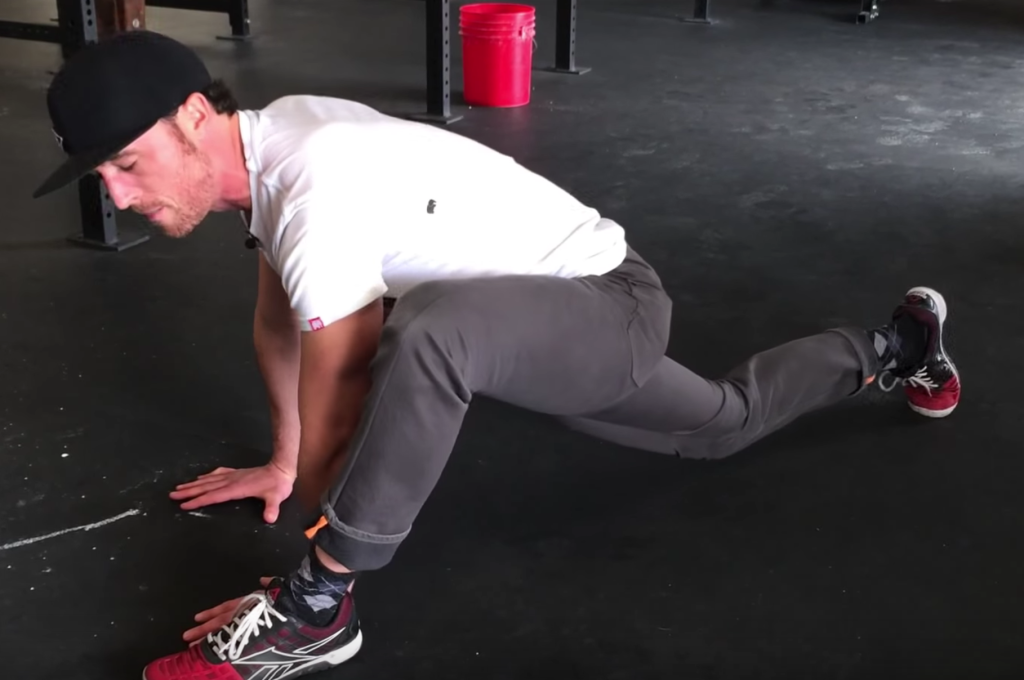
(Hip Circles…a GREAT way to “undo” all that time sitting, working, and driving)
Performance Points of Hip Circles:
- Forward knee makes small circles in both directions.
- Drive trailing hip forward and down.
- Belly stays tight.
Teeter Totter/Single Leg Deadlift
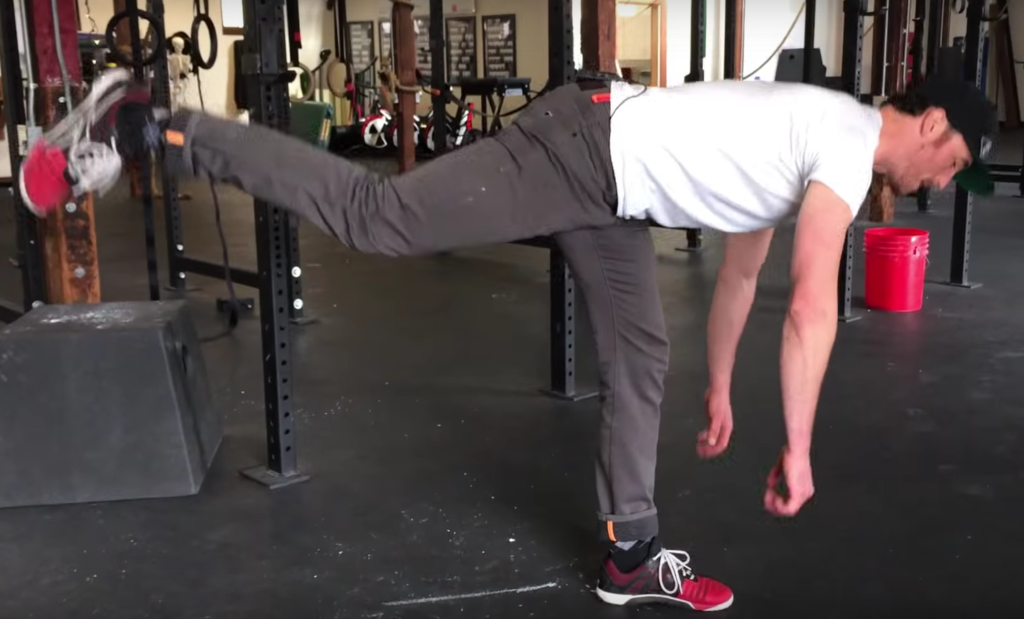
(Single leg work tests your balance, improves ankle stability, and strengthens your hamstrings!)
Performance Points of Teeter Totter/Single Leg Deadlift:
- Support leg has soft knee bend with knee right on top of ankle.
- Back stays flat as far as possible. Don’t round back just so you can reach further.
- Belly stays tight. Notice the trend with this 😉
Other suggested warm up exercises:
- Air Squats
- Burpees
- Lunges
- Push-ups

Become STRONG to become FAST.
Core strength is a VITAL component to being a strong runner.
As runners, let’s define core strength as our ability to control our spine while moving. Can you keep your spine in a stable position while running? Do you know what a stable position for your spine even is?!
The Hollow Body drill is one we use to build both awareness and strength for feeling and maintaining a stable spine.
Can you hold this position for 15 seconds?
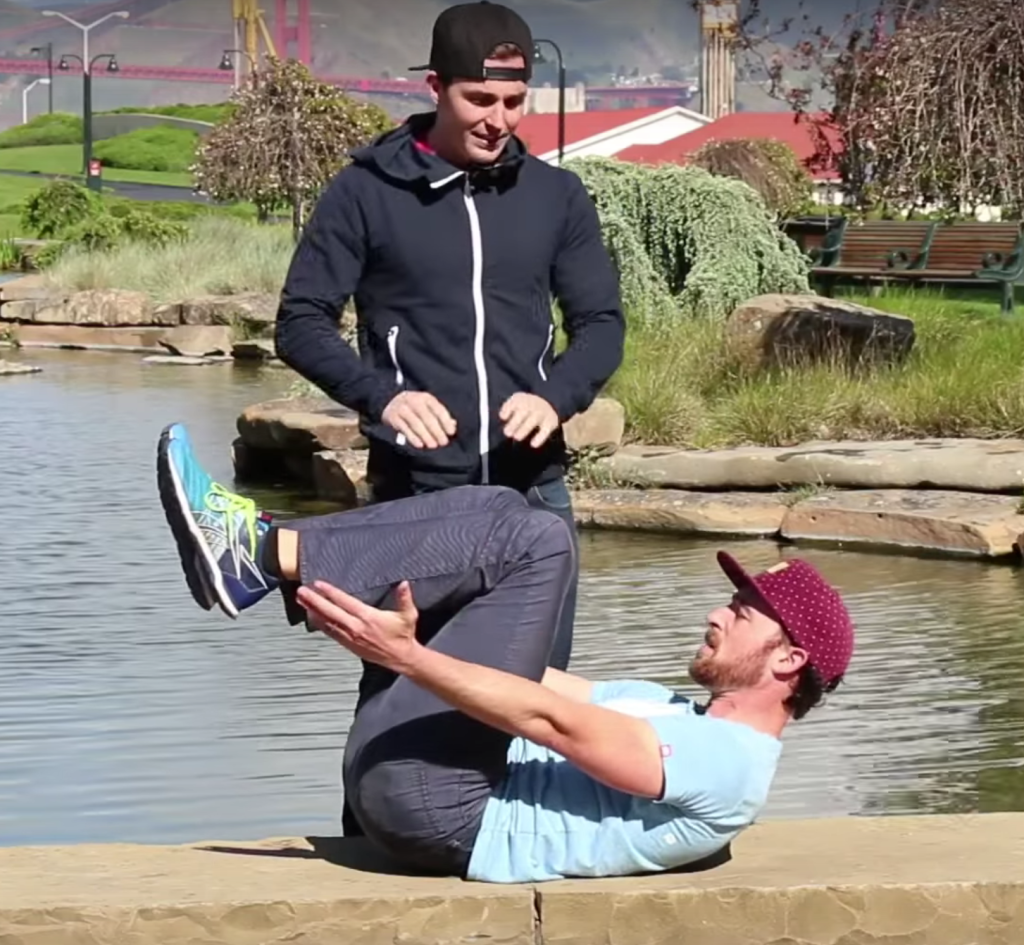
(Start the hollow body HERE in this table top position)
How about this one?
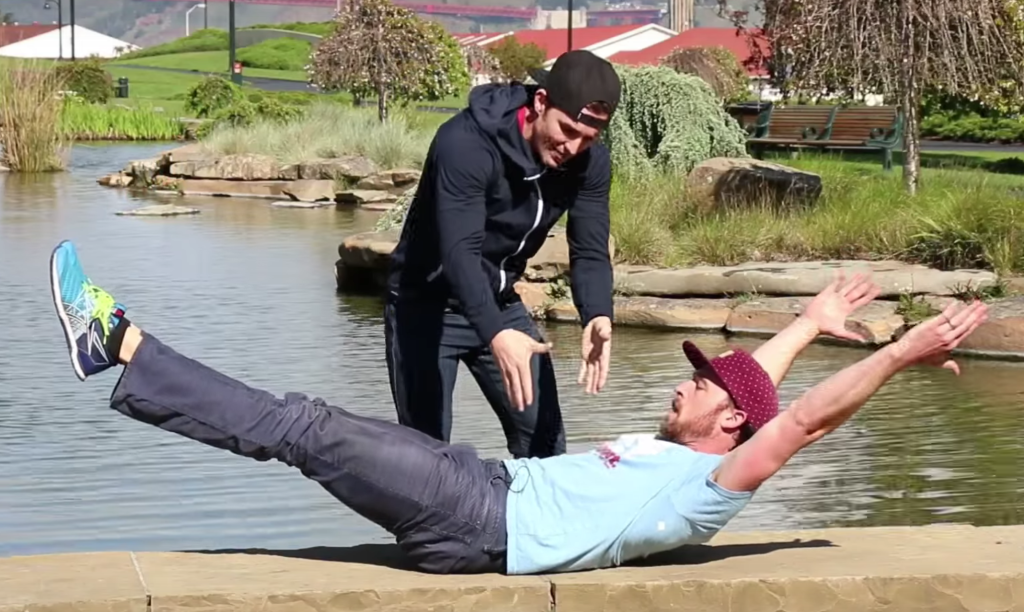
(The hollow body is the BEST for teaching spinal stability!)
Performance Points of Hollow Body:
- Low back stays glued to the ground. Prevent an arch away from floor.
- Shoulders and legs stay elevated off ground.
Activating your core will make you run stronger and more connected.
Squatting
The squat is a key exercise to build strength in our back, hips and legs and mobility in our hips, knees and ankles.
To begin, stand tall with your abs and butt squeezed. Initiate the squat by pushing your hips back and down. After your hips are below your knees, stand tall once again.
If you had to chose one movement to be good at, this would be it!
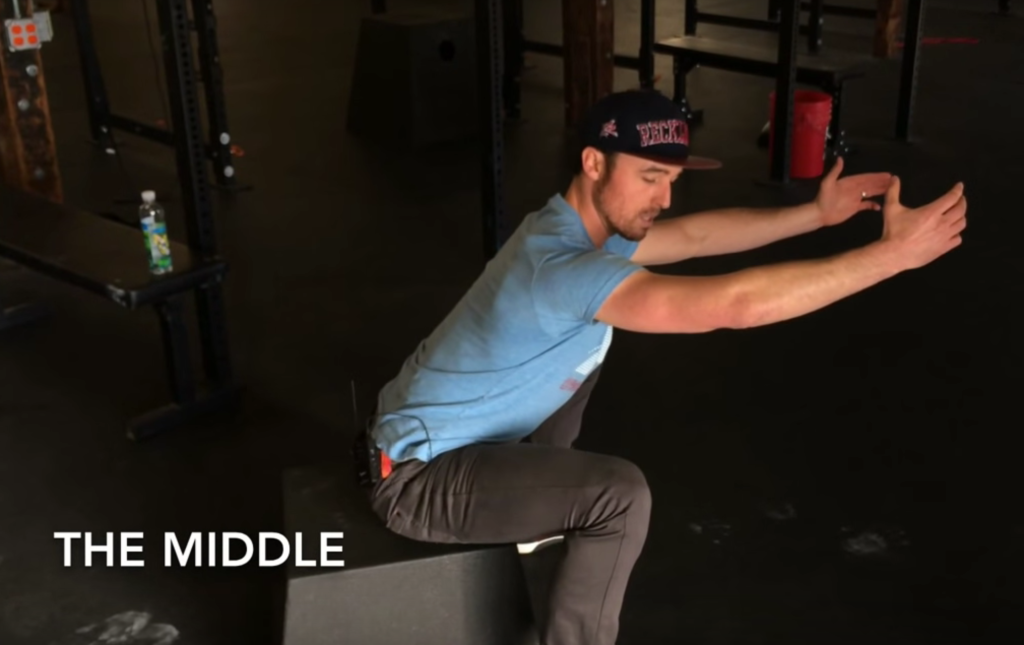
(The squat is the KING of movements for a reason. Try squatting onto a box or chair to get comfortable with this essential movement.)
Performance Points of the Squat
- Squat initiates with hips pushing back and down.
- Squat until hips below knees.
- Back remains flat/neutral.
- Weight balanced in feet.
- Finish by standing tall.
Common Squat Faults:
- Rounding back.
- Failure to get hips below knees.
- Losing balance in feet (heels leaving ground or rolling on outside of foot).
- Collapsing knees inside of feet.
Pushups
Like the Squat, the Push-Up is also a vital tool to build both strength and mobility. We also get a good lesson on maintaining posture while moving our shoulders (can you say, “arm swing?”)
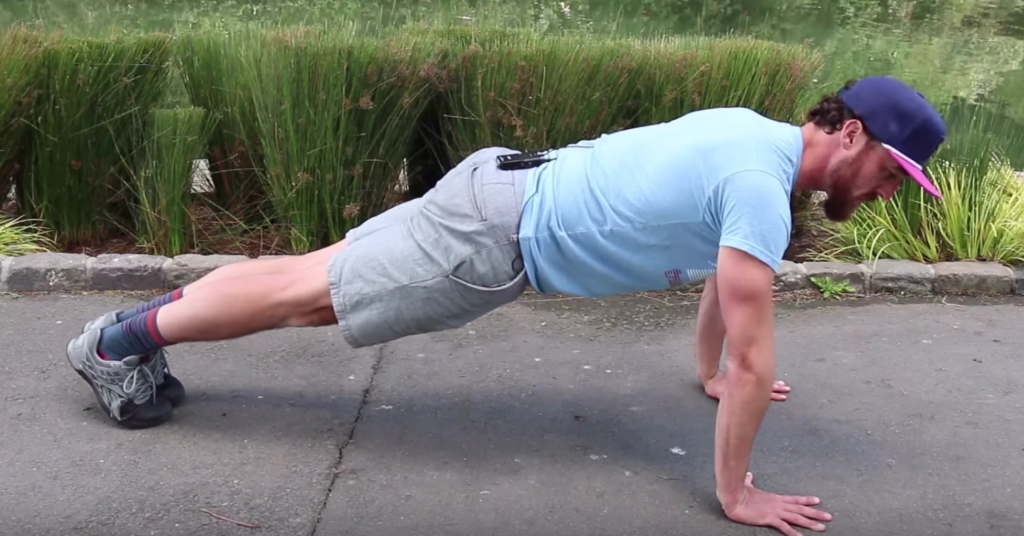
(A good plank has a LOT going on under the surface! Make sure your body’s aligned, your butt’s squeezed tight, and you’re “screwing” your hands into the ground (for shoulder stability)).
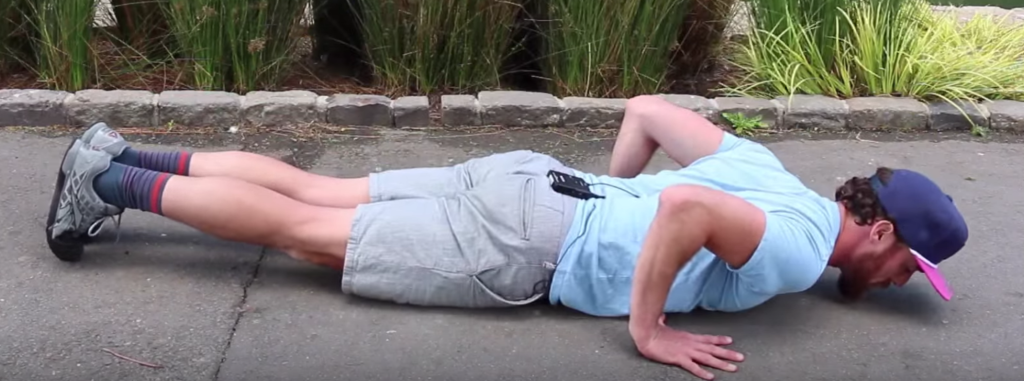
(Runners NEED to develop strength through greater ranges of motion. Make sure the hips and chest touch that ground!)
Pushup Points Of Performance
- Begin with a tight plank position (butt/abs squeezed) with arms “screwed” into the floor (elbow pits forward).
- Hands should be directly under shoulders with index fingers pointed forward.
- Shoulder travels forward to initiate push-up.
- Hips and chest touch ground.
- Drive back up to plank position.
Common Pushup Faults
- Hands too wide.
- Loss of midline (excessively arching/rounding back) during pushup.
- Failing to touch both chest and hips at bottom of pushup.
- Elbows flaring outward.
Mastered the squat and push-up? Try these!
Two other awesome ways to challenge our upper and lower body strength, control, and endurance are the Lunge and the Burpee!
Throw these into your movement arsenal to further drill your upper and lower body mechanics!

Take charge of your injured-ness! Master your ability to ward off injury.
Since 80% of runners get hurt every year, you could say there’s a lot of poor mechanics out there!
Rest does not “fix” your injuries alone either. Neither does ignoring the pain or numbing it with ice or pain relievers.
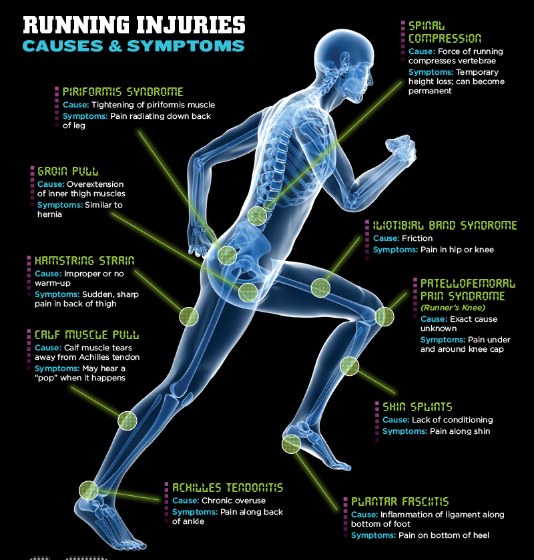
(Running’s a “safe” sport? Looking at this chart and you’ll realize that’s FAR from the truth!)
Don’t wait until you need knee surgery to figure out how to attack your issues. TThere are easier (and way less expensive) ways to deal with your injuries.
If you’re a runner, being able to pass our Squat Test and our Pinch Test is imperative to your running health.
Squat Test
Can you squat your hips below your knees with your feet together? If you can’t, it is a reflection of possible mobility/strength limitations in your hips, knees and (especially) ankles!
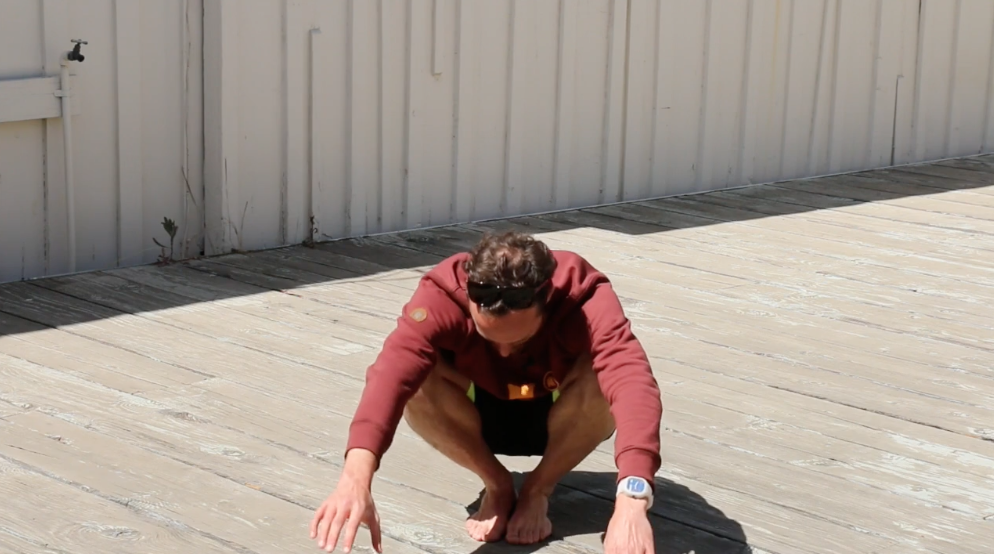
(Test your ankle and hip range of motion by squatting feet together! Do you have the range of motion that all normal functioning human beings should have?)
Pinch Test
Go ahead and pinch/squeeze your Achilles tendon. Did it hurt? How about your calf? Healthy tissues should feel pressure when we pinch them, not searing pain! Can you pass the Pinch Test?
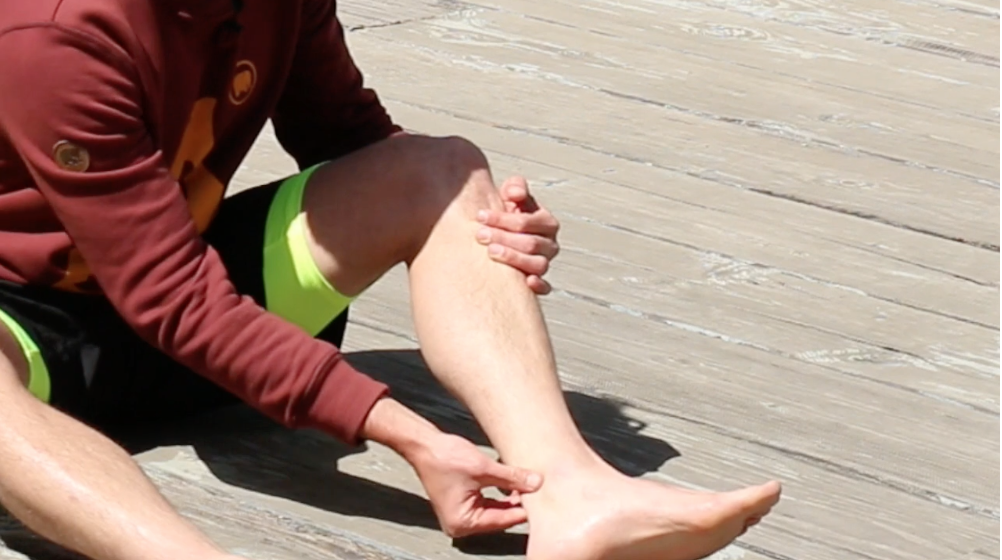
(Test your “pre-injuredness” with the pinch test and catch injuries BEFORE they become a big problem)
If either of those tests proved to be relevant to you, take action on your mobility and tissue maintenance!
Want some help now? Check out this video to get a look into one of our FAVORITE mobility exercises!
Couch Stretch
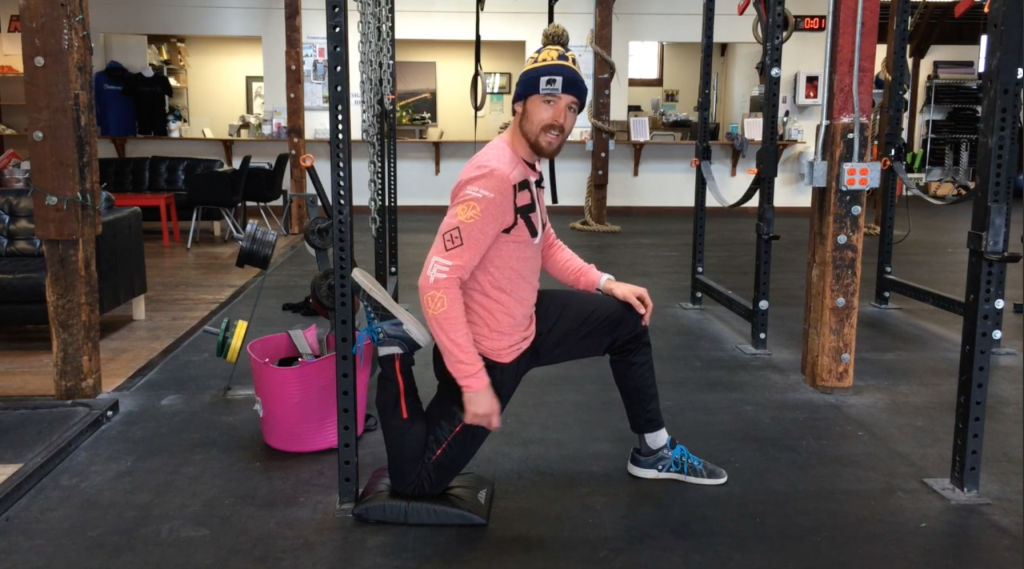
(OK…we have a LOT of favorites…the couch stretch being our favorite of the favorites!)
How about foam rolling? Learn more here in this video where we address common questions like “how much and how often should you foam roll?”

Make health a habit. Every. Damn. Day.
(OWN your injuries in this video, take the wheel in your training and not much can stop you!)
This is vital, ladies and gentleman.
If the check engine light in your car has been lit up for 7 months now, and your car finally breaks down, is it your fault or the car’s fault? Yours.
We too have check engine lights.
When your knee bugs you after a run, that’s a check engine light. When you can’t sleep at night because your back hurts too much, that’s a check engine light.
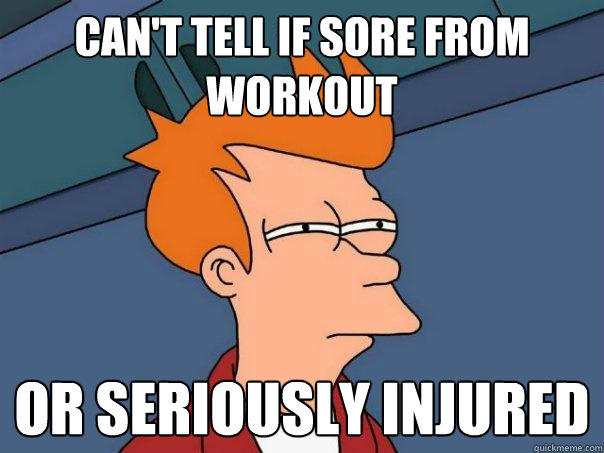
(One of the MOST common emails we get from runners. Am I just sore…or am I really hurt? If you learn to pay attention to the “right” things: this question becomes very obvious)
And if you ignore them, something’s going to give. And slipping a magic shoe onto your foot won’t FIX the problem. It might let you run again; temporarily.
Take action by fixing your running form, taking care of your body before and after your runs, adjusting your lifestyle to help you be more human and less potato.
Who is in charge of your success as a runner? You.

(Who wouldn’t want to run on a road like this?)
